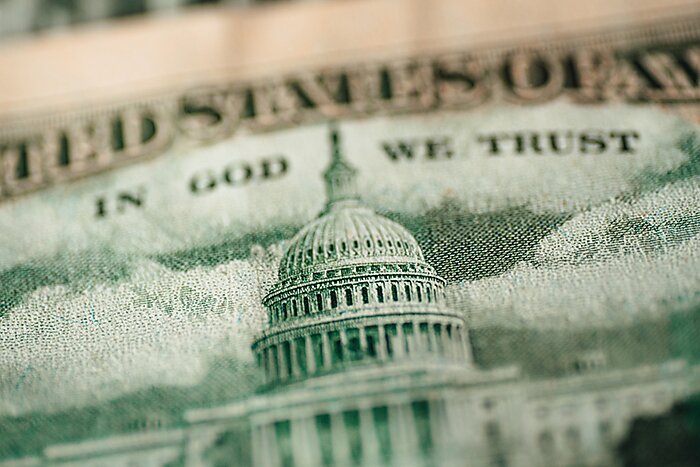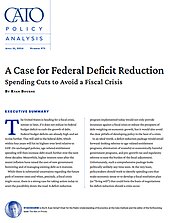While there is substantial uncertainty regarding the future path of interest rates and when, precisely, a fiscal crisis might occur, there is a strong case for taking action today to avert the possibility down the road. A deficit reduction program implemented today would not only provide insurance against a fiscal crisis or reduce the prospects of debt weighing on economic growth, but it would also avoid the clear pitfalls of developing policy in the heat of a crisis.
In an ideal world, a deficit reduction package would entail forward-looking reforms to age-related entitlement programs, elimination of wasteful or economically harmful government programs, and pro-growth tax and regulatory reforms to ease the burden of the fiscal adjustment. Unfortunately, such a comprehensive package looks politically unlikely any time soon. At the very least, policymakers should work to identify spending cuts that make economic sense or to develop a fiscal resolution plan (or “living will”) that could form the basis of negotiations for deficit reduction should a crisis occur.



